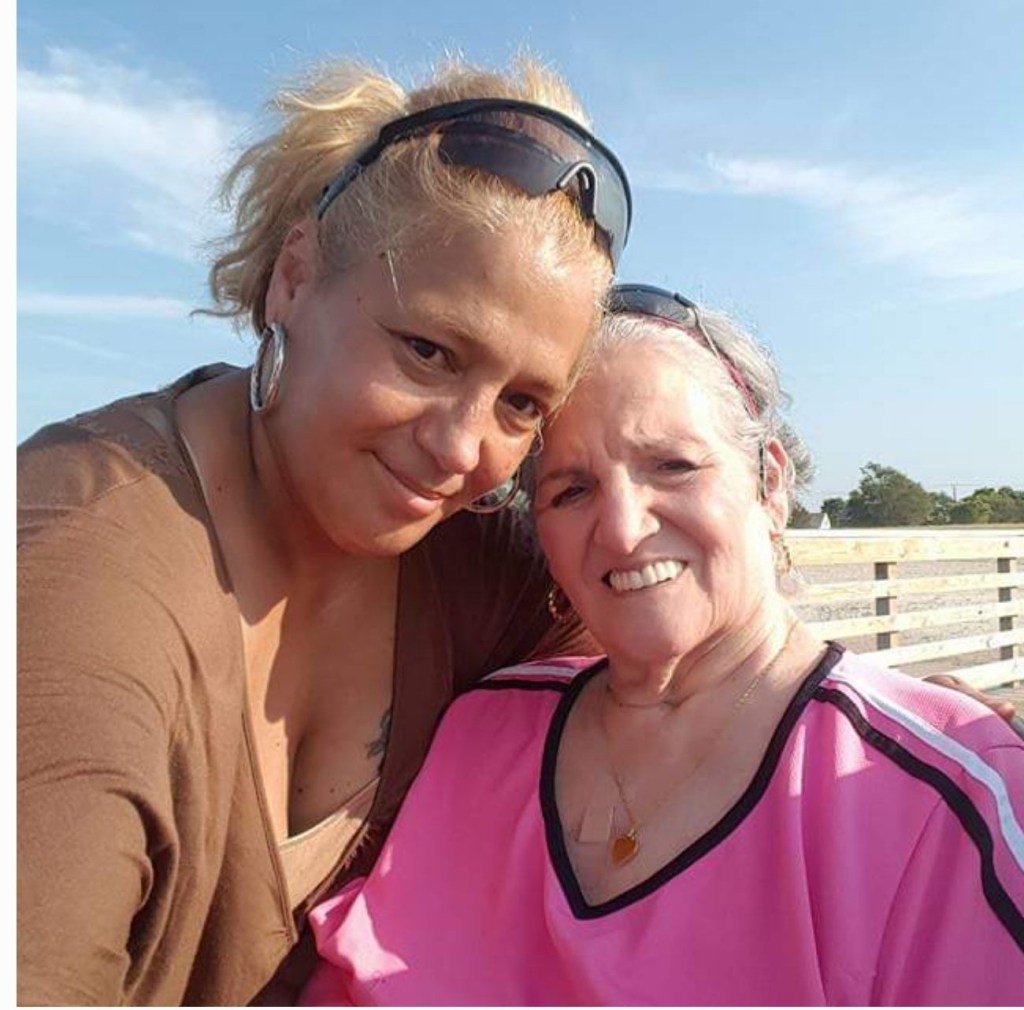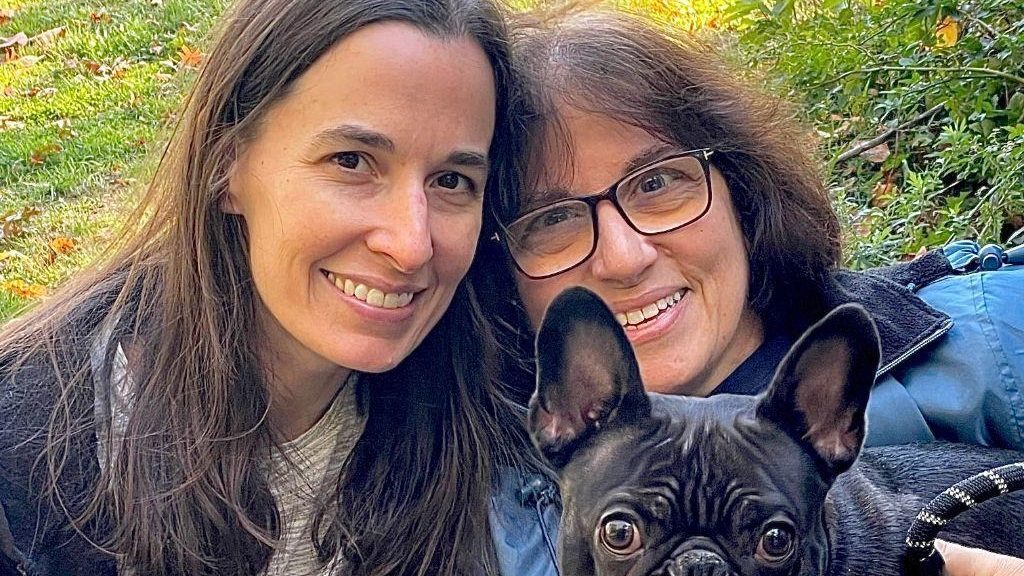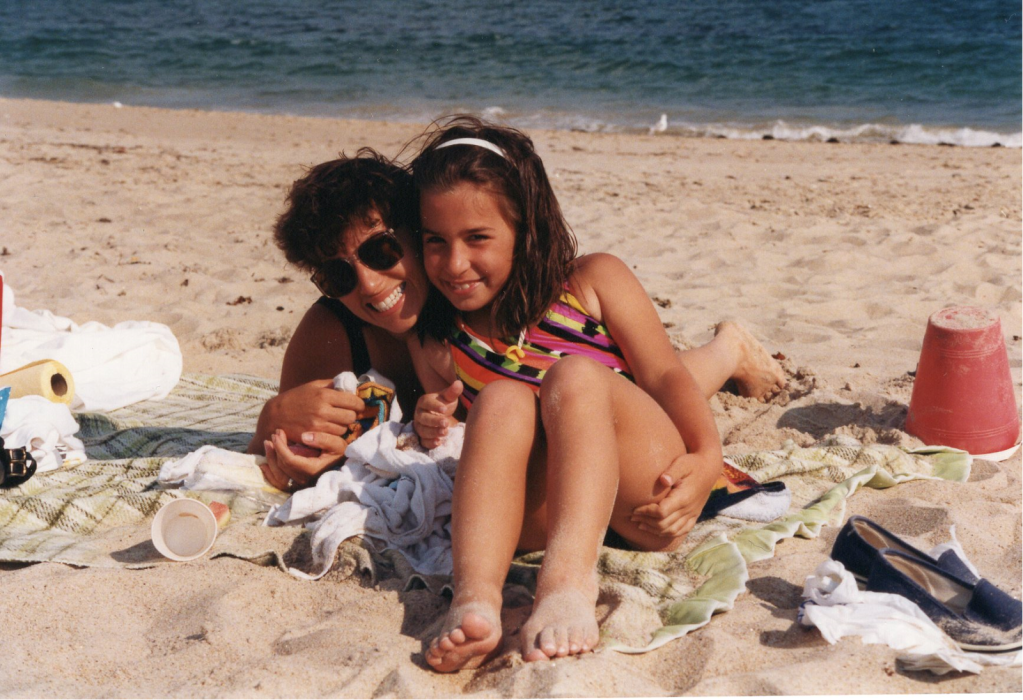
Caring for Someone with End-Stage COPD? Here’s What You Should Know
COPD has four stages of progression. The fourth stage is referred to as end-stage COPD or advanced COPD. If you are caring for a loved one with COPD at home, the support you provide, along with proper medical treatment, may slow the progression of the disease. Read on to learn more about COPD progression, including common symptoms and potential treatments for the later stages.
Stages of COPD Progression
The four stages of COPD are based on a person’s ability to breathe with emphysema and chronic bronchitis. A Forced Expiratory Volume (FEV1) test is the primary lung function test for assessing a patient’s disease progression. The FEV1 test uses equipment to measure the amount of air a person can forcefully release from their lungs in one second. For example, an FEV1 reading of 29 would indicate that a patient expelled 29% of the expected (healthy) volume. These classifications help medical professionals determine the severity of a patient’s COPD and develop a proper treatment plan.
- Mild COPD – > 80 FEV1
- Moderate COPD – 50-79 FEV1
- Severe COPD – 30-49 FEV1
- End Stage COPD – < 30 FEV1
Symptoms of End-Stage COPD
During end-stage COPD, breathing becomes very difficult, and several chronic symptoms may be present. It is impossible to create a complete and definitive list of symptoms, as symptoms can vary from person to person. Some patients may see a dramatic impact on their quality of life, while others may experience few symptoms even in end stage COPD. Looking at these potential symptoms is a useful way to understand the severity of end stage COPD and the potential impact on a patient or loved one. Some common symptoms of end stage COPD include:
- Chronic respiratory failure
- Incoherence or delirium
- Shortness of breath
- Wheezing
- Difficulty sleeping
- Fatigue
- Chronic cough
- Anxiety or depression
The appearance of symptoms gives medical professionals additional information to accurately diagnose the severity of disease and treat a patient with end stage COPD. Breathing and activity may be very challenging for someone experiencing severe COPD or end stage COPD.
Treatment for End Stage COPD
Treatments are available to mitigate the symptoms of end stage COPD, and the focus is often on palliative care in very severe cases. The goal of treatment at this stage of the disease is to mitigate symptoms and help the patient remain as comfortable as possible. Some of the primary treatment options that are available for end stage COPD include:
- Bronchodilators. These medications can be inhaled to improve breathing function.
- Steroids (Glucocorticoids). Steroids are used in many medical situations to stimulate the body’s ability to function. They can be taken orally or inhaled, and they’ve been proven to be effective in treating end-stage COPD symptoms. Steroids may be prescribed in the earlier stages of the disease as well.
- Pulmonary Rehabilitation. This treatment is essentially physical therapy for the lungs and can increase breathing ability by a significant degree. It may be helpful at any stage of the disease.
- Opiates. While opiates are generally avoided, they can be useful during severe and end-stage COPD for those experiencing significant respiratory distress. They are often used when other forms of therapy are not having the desired effect.
Prognosis of End Stage COPD
The prognosis for a person living with COPD is most often evaluated by a series of factors referred to as the BODE Index:
- Body Mass Index (BMI), a calculation of weight based on height
- Airway Obstruction, which is measured by FEV1
- Dyspnea, or shortness of breath
- Exercise tolerance
Each of these factors is scored based on a scale of 0 to 10, with a lower score indicating a better prognosis. Lifestyle factors, such as smoking, also play into a patient’s overall prognosis with end-stage COPD. It’s fully possible for someone living with COPD to remain generally healthy unless an acute flare occurs, requiring hospitalization or more aggressive treatment. Family caregivers looking after a loved one with end-stage COPD are encouraged to assist their loved ones in adopting on healthy habits to mitigate their symptoms. Caregivers should also carefully monitor their loved ones and inform a healthcare provider if they notice any increase in symptom severity. End-stage COPD is a serious condition that should be properly treated and managed by a team of healthcare professionals. Maintaining a healthy lifestyle and following treatment plans can significantly improve the quality of life for patients. Family caregivers play a vital role in ensuring that loved ones follow their health care team’s recommendations. Being aware of potential symptoms and treatment options for end-stage COPD will also help you take an active role in helping your loved one manage the later stages of the disease. Are you caring for a loved one with COPD at home? Careforth can help. Learn more about our coaching and support program for caregivers of Medicaid-eligible friends and family members.


